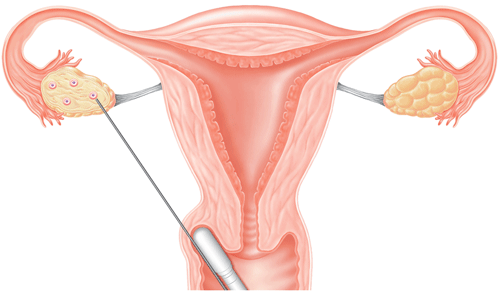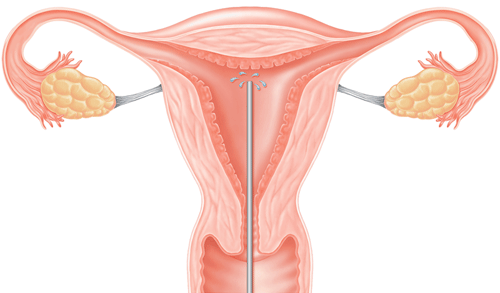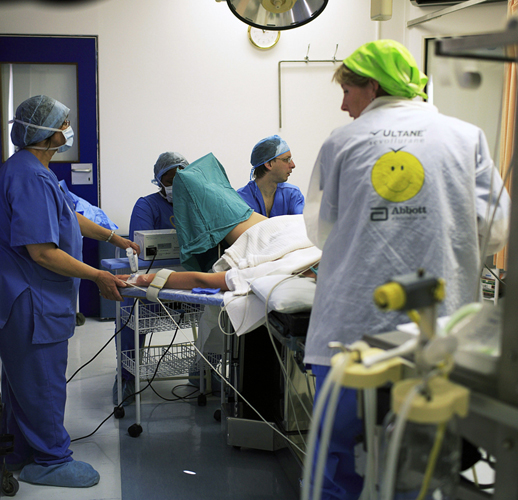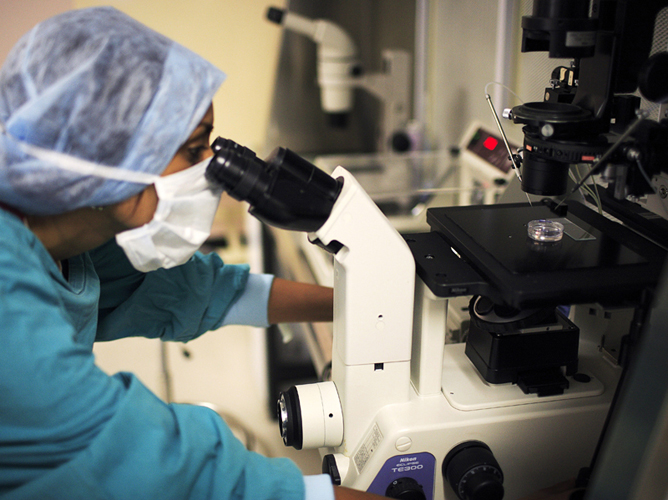IVF treatment The process of IVF
In vitro fertilization, or
IVF, is a complex procedure with several stages, from the stimulation
and harvesting of your eggs to the successful fertilization of the eggs,
development of embryos, and transfer of the embryos into the womb for
implantation. Undergoing IVF can be a stressful and time-consuming
undertaking, but knowing in advance how the procedure works and what you
can expect at each stage can reduce anxiety and help you and your
partner cope.
| Q: |
What happens first?
|
| A: |
To optimize the chances of success with IVF, more than one egg
at a time is removed for fertilization. Normally, your body produces one
egg each month. In IVF, drugs, such as clomiphene and hMG (human
menopausal gonadotrophin) may be used to stimulate your ovaries to
produce several eggs. While you are undergoing this treatment, you will
need to visit your clinic frequently in order to monitor the development
of the eggs. Once it is thought that the eggs are mature, you will be
given a blood test to measure your levels of estrogen, which is released
around ovulation.
|
| Q: |
What happens next?
|
| A: |
Once your follicles are ready for ovulation, your eggs will be
collected at the clinic using ultrasound or laparoscopy to guide a
probe. Once the eggs have been collected, they will be mixed with your
partner's sperm in a petri dish in a laboratory ready for fertilization.
Your partner will
need to produce some sperm on the same day as the egg collection. For
sperm collection, ask the staff members at your clinic for instructions
regarding timing and specimen collection.
|
| Q: |
What happens in the laboratory?
|
| A: |
Once the eggs and the sperm have been mixed, they are placed in
the laboratory and monitored closely for the next few days. They will
first be inspected around 18 hours later to see how many of the eggs
have been fertilized and the clinic will usually pass this information
on to you the day after the procedure. It's quite common for not all of
the eggs to be fertilized and for only two or three to develop into
embryos. The fertilized eggs are incubated in the laboratory over the
next couple of days and their progress measured. The laboratory
technician watches cell division under a microscope, waiting for the
eggs to divide into two or more cells on their journey to becoming a blastocyst.
If one or more fertilized eggs develop in the laboratory, you will be
called back in for the embryo transfer. This is done by injecting eggs
through a catheter into the uterus. No more than two eggs will be
transferred and you will have the option to freeze any remaining
embryos.
|
IVF procedures
Mature eggs:
These are usually retrieved through the vagina with an ultrasound-guided needle.

Fertilized eggs:
These are injected into the uterus through a hollow tube inserted through the vagina.

How eggs are fertilized
Egg removal:
Your ripe eggs are
removed in the clinic in a room similar to an operating room. You will
usually be given a light anesthetic and the doctor will use ultrasound
guidance to collect your eggs with a probe.

Mixing the eggs and sperm:
Once your mature eggs
have been removed successfully, they will be mixed with your partner's
recently produced sperm in a special liquid in a petri dish ready for
fertilization. Any fertilized eggs will be monitored closely.

Monitoring the eggs:
Over the next two to
three days, the laboratory technician will keep a close eye on the
development of the eggs. If one or more eggs starts cell division, you
will be called back to have the developing eggs transferred into your
uterus.

Embryo transfer to the womb:
In a procedure
somewhat like a pap smear that does not require sedation, the fertilized
eggs will be carefully transferred into the uterus through a catheter
using ultrasound for guidance.